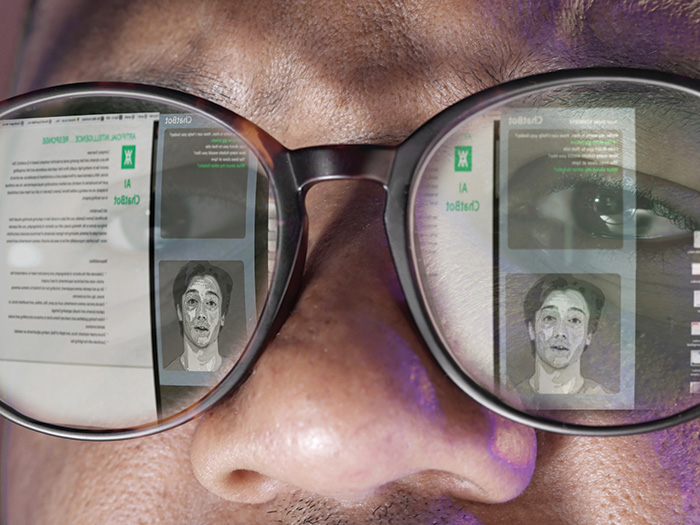5 Critical Risks Facing the Technology Industry

Risks are always emerging for the technology industry.
As one of the fastest-growing industries, the tech sector is constantly developing brand-new solutions and opening its doors to the dangers that come with untested innovation.
Artificial intelligence, cyber threats, a workforce shortage and more. Which challenges should the tech industry be keeping an eye on?
1) Cyber Security
Awareness of cyber risk increases every day as more and more businesses are threatened with some form of cyber attack. Yet companies still neglect to prepare for such threats. The technology industry is working hard to combat these attacks, but it can still be vulnerable to hackers.
Cyber crime damages are estimated to reach a total of $6 trillion annually by 2021. And with old, inconsistent hardware being more prone to an attack than newer equipment, delaying upgrades may seem like a great way to save some money short term. However, that kind of thinking can lead to long-term costs for IT support and downtime after an attack.
When an attack is set in motion, tech experts have to be on top of the breach now. Technology industry companies have to be in contact with the right partners and vendors that will find the source of the attack and resolve it in time to protect the business.
2) Robots and Artificial Intelligence
If a robot malfunctions, who is at fault? The user or the manufacturer? Or maybe it’s the person who created the technology in the first place?
Tech companies are beginning to see this dilemma crop up more frequently. Just this year, a driverless car struck a pedestrian on the road and killed her. The technology within the car was examined, and investigators determined that the car did see the woman before impact. So why didn’t it stop? What was wrong with the tech inside?
Robots and other artificial intelligent devices (like the driverless car) are gaining in numbers in every industry, from manufacturing to hospitality. The technology needed for these creations to perform has to be fail proof or else the tech industry will continue to face liability lawsuits for both personal injury and property damage.
3) Steep Pressure to Innovate
Thirty years ago, it was hard to imagine every home in the U.S. housing a computer, which, at the time, could take up a whole wall. Now, every single person has access to a computer in the palm of their hands. And with the instant, easy-access tool that is the cell phone, anyone can create the next “big thing” in technology.
That’s why so many in the technology industry are feeling pressure to invent. To stay on top and to stay relevant, tech geniuses have to create devices, applications and inventions that will outlast and outshine the competition. This need to create can lead to mishaps and overlooked details while techies are working — which in turn can become a huge can of virtual worms if the wrong thing is overlooked and people get hurt.
4) Workforce Shortage
The Center for Cyber Safety and Education (the Center) published a study that shows there is a serious talent shortage looming for the information security workforce.
This gap in talent can exacerbate other emerging risks for the sector.
How? With less workers comes more strain on those who are available. More cyber threats can slip through the cracks when a tech employee is stretched thin. And mistakes will be made if there aren’t well-trained employees monitoring devices, robots, AI and other tech products. Weak tech support can also hinder a technology consultancy’s reputation.
The Center’s survey and analysis, which includes feedback from over 19,000 information security professionals worldwide, suggests employers look to millennials to fill the projected 1.8 million information security workforce gap estimated to exist by 2022.
5) Lacking in Diversity
And with a workforce shortage already looming, the technology industry needs to be aware that its existing workforce might be keeping them from success.
The tech workforce is predominantly male. Five percent of the entire technology industry workforce is Latino or black, and women make up around 11 percent of globally employed cyber security professionals. In the U.S., only 14 percent of the tech-based workforce is female.
Millennials are a leading force behind the push for tech diversity. And countless studies have shown the benefits of have a diverse workforce, from increases in productivity and creativity, to growing networks (and clients) in different languages and cultures. &










